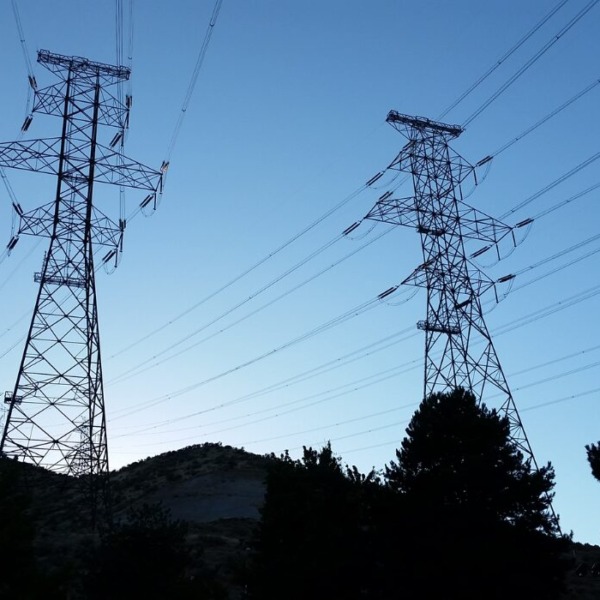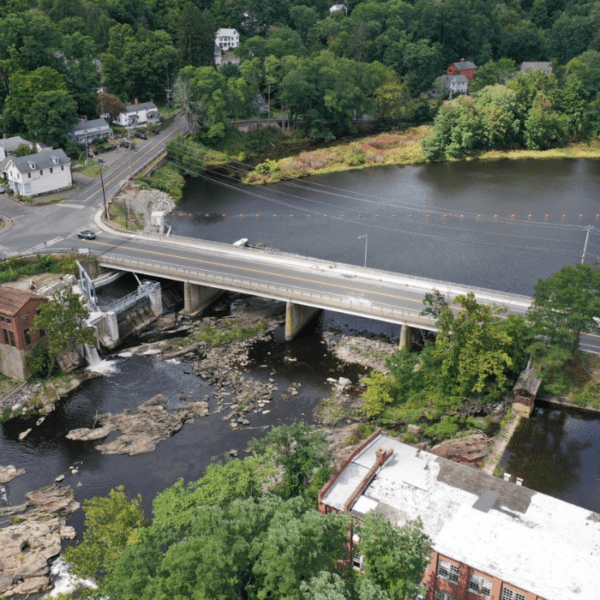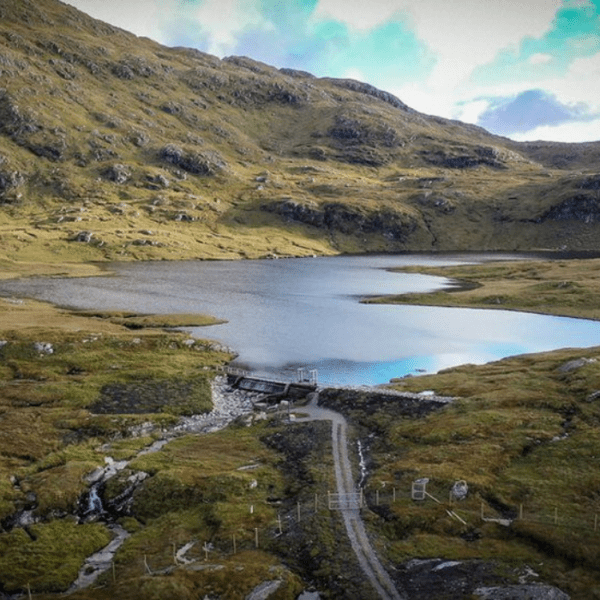*For more information about utilizing federal funding to advance opportunities for water power, NHA’s Waterpower Week in Washington D.C. (March 13-15, 2024) will feature content on the topic, as well as the opportunity to hear from expert speakers, who will be available to provide greater context and field questions; click here to learn more. In addition, NHA created a funding chart, breaking down funds available for hydropower investments via the IRA and BIL.
It is an unprecedented time in the U.S. in terms of access to funding opportunities and tax credits to support the modernization and development of the hydroelectric fleet. The sector is at an inflection point, where there is increasingly more recognition of hydropower’s unique services to combating climate change (e.g. clean, baseload power generation, flexibility), as well as the number of government-supported grants to maintain and enhance these assets.
Yet, tracking the various competitive application processes, determining which programs most optimally apply to a given company’s commercial goals, and, ultimately, securing funding, is challenging.
Much of my company, Natel Energy’s, success to date can be attributed to insights gained from R&D projects funded through competitive grants. By providing an overview of some of the most important opportunities on the market today, readers can learn more about the core strategies and approaches Natel has undertaken to optimize proposal development and to win federal funding. These strategies and resources are valuable to the greater hydropower industry, as they explore how to locate, identify, and pursue funding to enable everything from maintaining fleets to the purchase and installation of new equipment.
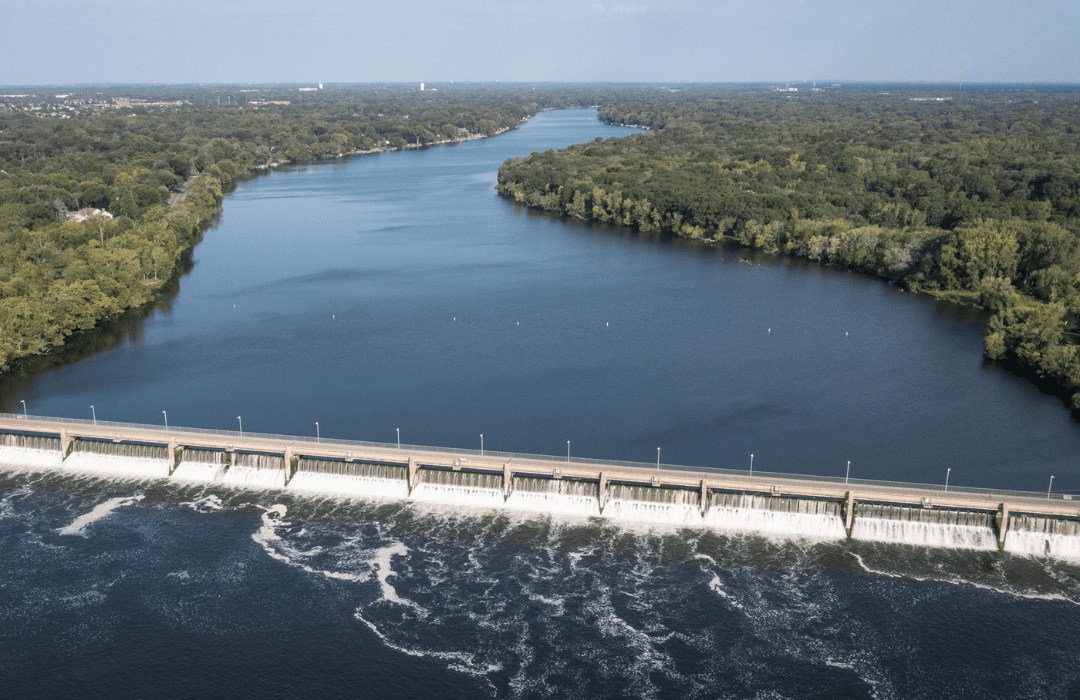
UNDERSTANDING THE FUNDING OPPORTUNITY LANDSCAPE
The gamut of funding opportunities applicable to hydropower applications encompasses a wide spectrum of topics, technology readiness levels, and magnitudes of funding, all occurring over varying release dates. While it is incumbent on the applicant to carefully track this information, there are several important resources that can help.
The Department of Energy’s (DOE) Water Power Technologies Office (WPTO), as well as other offices within DOE, offer monthly newsletters. These publications identify active and forthcoming funding opportunity announcements (FOAs) and highlight accompanying webinars which describe the intent behind each opportunity, as well as important timelines and other requirements. The newsletters are also a great way to stay aware of updates that are periodically released but may not be apparent within the text of the solicitations themselves.
Another helpful resource is the tracking feature on the SAM.Gov website, which can provide updates related to future and currently open solicitations. All applicants to government FOAs must have up-to-date SAM accounts, so subscribing for updates on opportunities you’d like to follow is an easy and helpful next step.
With an influx of new clean energy legislation passed over the past several years, there have been numerous concerted efforts to concisely track all the FOA updates across the clean energy landscape. One useful resource is the Rapid Energy Policy Evaluation and Analysis Toolkit, which was developed by Princeton University’s ZERO Lab. The toolkit captures every policy change realized by the Infrastructure Investment and Jobs Act (IIJA) and the Inflation Reduction Act (IRA) in a single document. Resources like the Rapid Energy Policy Evaluation and Analysis Toolkit may be useful to hydro industry members in assessing the overall landscape of energy investment, as it provides clarity about the policies specifically driving development and the release of funding opportunities.
IDENTIFYING THE RIGHT OPPORTUNITIES FOR YOUR ORGANIZATION
In addition to tracking funding opportunities themselves, mapping the intent of each FOA topic to the goals of your respective organization is an important, yet not necessarily intuitive, exercise.
R&D Funding
In some cases, a FOA topic can seem like a perfectly fitted glove when it comes to offering funding directly in line with an organization’s mission. Typically, this is the intent of releasing a topic, insofar as government tech managers generally want topics to be as widely applicable as possible to encourage a competitive number of applicants.
Other times it may be surprising to find opportunities outside of your organization’s bread and butter operations that can still provide value. FOAs designed for early stage concepts may still be useful for companies to apply into even if their central technology is relatively mature–for example, Natel placed third in the Fish Protection Prize, which enabled us to test out a new fish behavioral guidance concept that was outside of our company’s core focus of fish-safe turbine design.
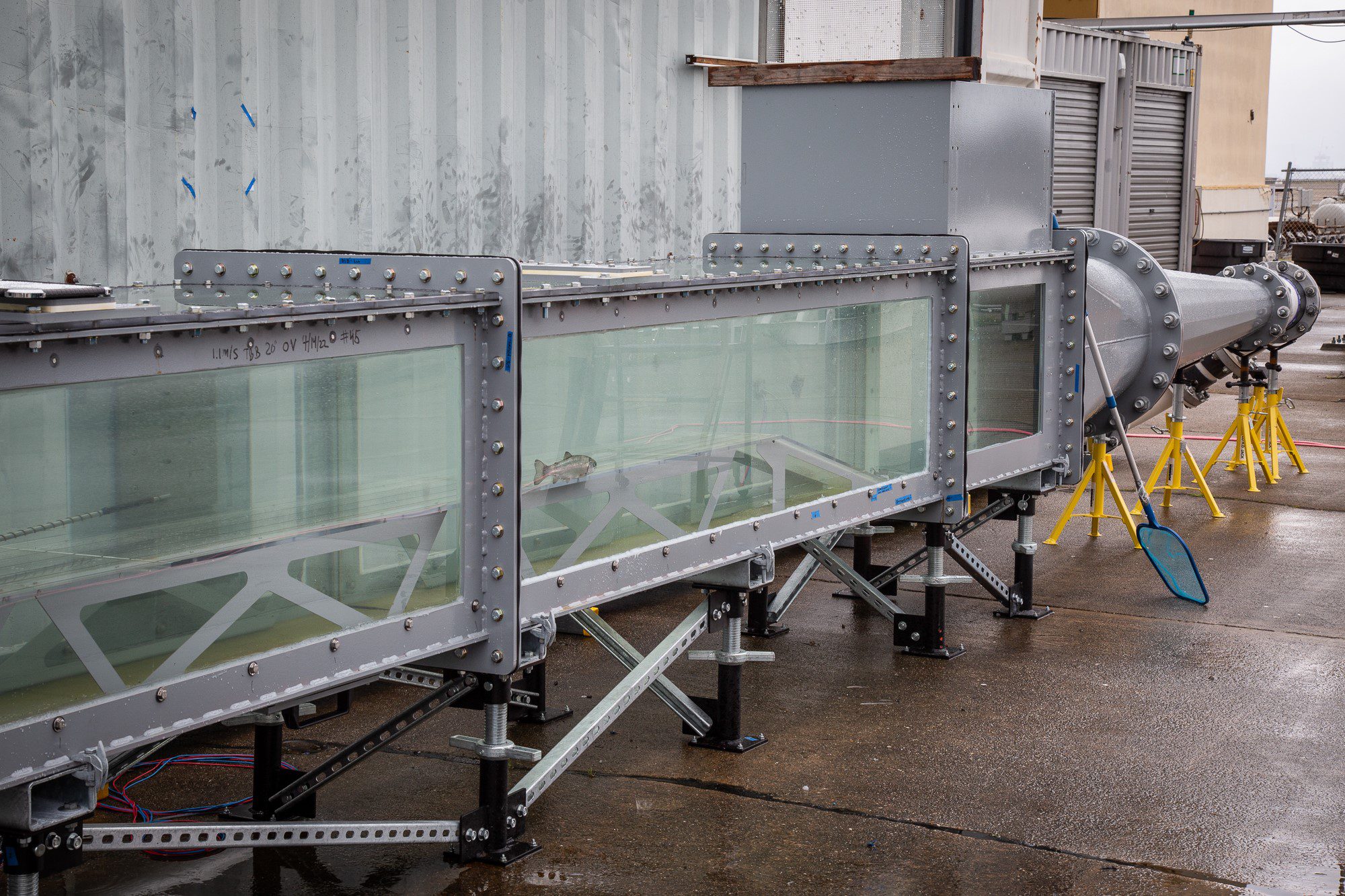
Natel’s “Center Sender” fish behavioral guidance concept won third prize in the DOE’s Fish Protection Prize competition.
FOAs not only offer non-dilutive capital that private sector groups might be challenged to independently raise, but they can also enable partnerships with potential end-users of the technology, as well as expert third-party testing bodies. Take Natel’s recent fish passage and protection technologies award from WPTO for example. The award will enable Natel to conduct the first field passage test of large American eels through a utility-scale FishSafeTM Restoration Hydro Turbine. This work will be performed in partnership with environmental consulting firm Normandeau Associates, researchers from Pacific Northwest National Laboratory, the United States Geological Survey’s Eastern Ecological Science Center, and Great River Hydro, a hydropower plant owner.
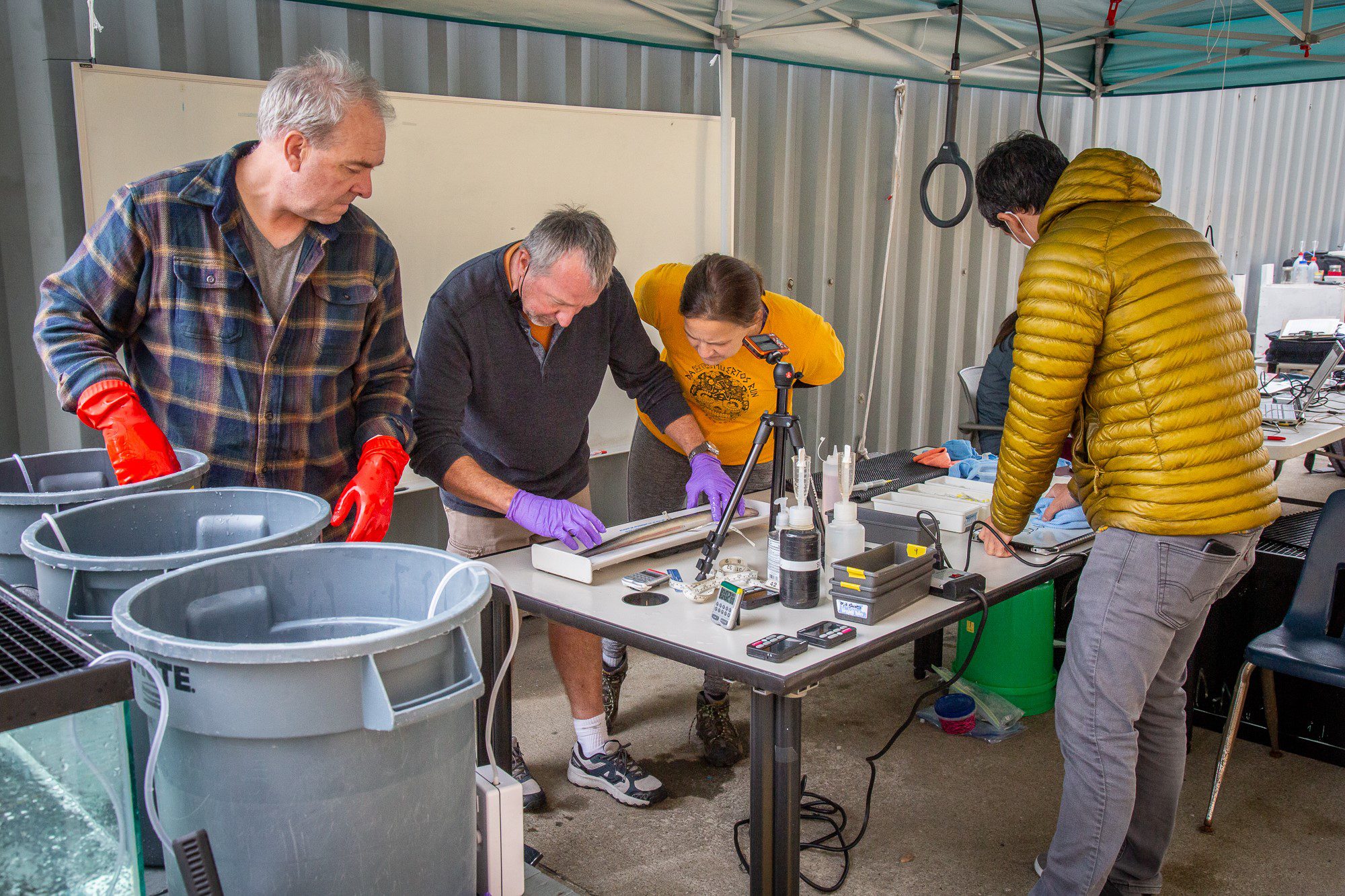
In 2021, Natel and researchers from the Pacific Northwest National Laboratory (PNNL) conducted laboratory passage tests of large American eels at our headquarters in California. Natel’s recent award from WPTO will fund the first field passage test of large American eels through a utility-scale FishSafeTM RHT, which will be conducted in partnership with Normandeau Associates, PNNL, the United States Geological Survey’s Eastern Ecological Science Center, and Great River Hydro.
Project Development Financing
DOE’s Loan Programs Office (LPO) offers an important funding lever and is well worth the consideration of developers. LPO’s Innovative Energy and Innovative Supply Chain program offers low interest rate loans, typically starting at the $100M level, that clean energy groups might otherwise struggle to attain from traditional commercial bank financing. Large-scale deployment driven operations should consider LPO’s offerings, especially given how capital intensive the up-front costs of project development can be in the hydropower industry.
The office itself has also conducted a significant amount of outreach to the hydropower industry over the past couple of years; notably, LPO Director Jigar Shaw delivered key remarks during Waterpower Week 2023 regarding the need to see more hydropower come online. Changes to the program in 2021, including making an up-front fee now only conditional upon successful application, have also served to encourage more applications. Natel has progressed through Phase I of LPO’s application process, with the ultimate aim to secure loan financing to offset the capital expenditure for work underway to add generation to an existing dam.
Developing a Competitive Application
While DOE’s Loan Program has removed some of the barriers to entry for potential applicants, moving through the process can be a daunting experience. To address this concern, LPO’s team provides a significant amount of guidance to applicants, particularly during Phase I, including free pre-application consultations, as well as expert advice on how to prepare a competitive application. This approach differs from more traditional FOAs, where applicants are permitted to ask questions regarding topic intent, but guidance on the content of submissions is not offered.
Similarly, the U.S. Agriculture Department’s Rural Energy for America Program (REAP) is another relatively underutilized funding opportunity by the hydropower industry which offers in-depth guidance on application contents for applicants. The program provides up to one million dollars, per fiscal year, for small businesses working with up to 30 MW of hydropower. The funding can be applied towards a range of projects, which include the purchase and installation of new or refurbished equipment; construction, retrofitting, replacement; energy efficiency applications; construction permits/licenses and fees required by interconnection agreements; and more.
REAP is explicitly targeted towards communities with 50,000 people or less, and it encourages significant consultation with state energy officials, who offer procedural guidance and expertise on the program at large and assist applicants in completing the application prior to submission. Due to the passage of the IRA, applicants can apply to REAP at any point during the year; additionally the government cost-share is now 50%, as opposed to the previous 25% level.
Leveraging program-based resources, such as what REAP and LPO offer, can help distinguish an organization’s proposal while helping applicants build a comprehensive understanding of what program managers qualify as a successful project. Grant writing at Natel focuses on technical narrative, team, and timing–the latter of which is an underrated aspect of competitive application development.
Most programs allow applicants to submit in advance, which reduces overall anxiety to get to the deadline in time while allowing for tweaks to be made that might otherwise be missed during a last-minute submission effort. Organizations set themselves up for success by setting aggressive deadlines while ensuring that the concept addresses programmatic goals and is supported by a team that can execute and then validate success.
WORKING TOGETHER TO ADVANCE FUNDING FOR HYDROPOWER
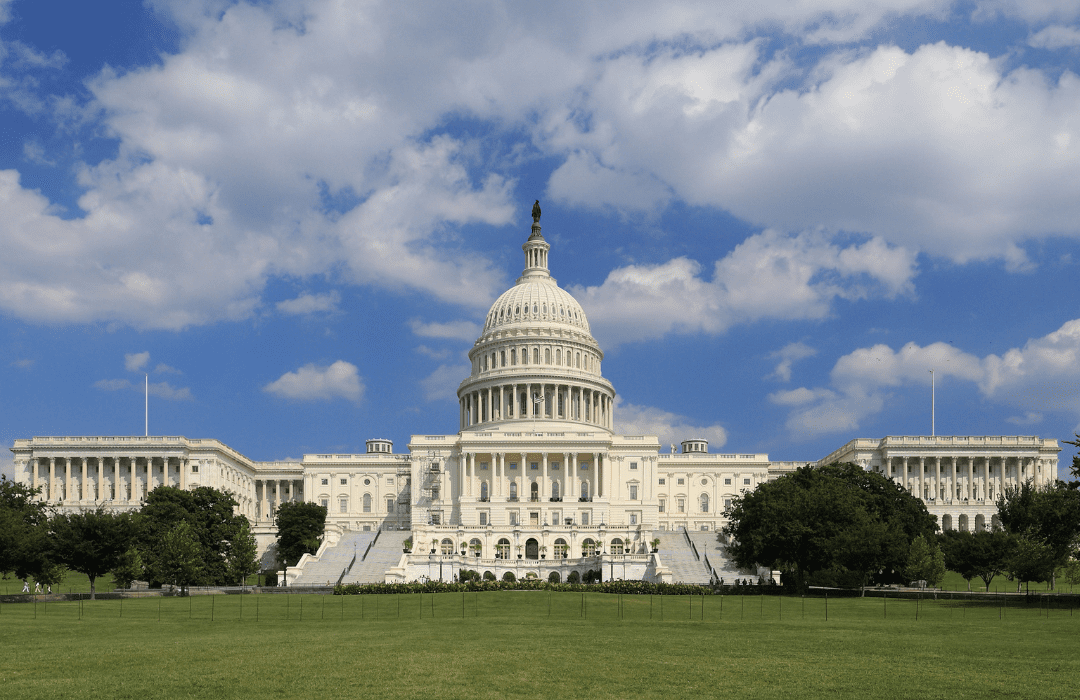
While there are a myriad of funding programs available, the private sector can drive the advancement and availability of these opportunities. Hydropower plays an outsized role in curbing climate change, both in providing around-the-clock, flexible power generation, as well as enabling the smooth development and operation of variable resources.
Competitive funding opportunities like DOE’s Grid Deployment Office’s 243 and 247 programs are vital to maintain and enhance the resources that hydropower provides. The 243 and 247 programs were both oversubscribed with applicants for 2023–a positive sign that congressional funding is being well-received by the industry. Yet, further engagement with Capitol Hill is necessary to ensure lawmakers understand the importance of renewing those funds for 2024 and beyond.
Similarly, the technology neutral Energy Improvements in Rural or Remote Areas Program, offered by the newly created Office of Clean Energy Demonstrations (OCED), was also tremendously oversubscribed for 2023, with zero hydropower applicants progressing to the final round of applications. While it’s important to consider this as a mark of significant interest from across clean energy business sectors, the hydropower industry could engage with OCED staff to ensure that hydropower’s community benefits are known.
As interconnected stakeholders in the hydropower industry, our voices can play a key role in shaping the future of the power sector and associated funding landscape. Now, more than ever, it’s imperative to speak with members of congress, engage with WPTO, LPO, and with other government offices. Make your opinions heard on the need and the structure of future funding programs to support the innovation necessary for hydropower.
*Empower your voice and speak with lawmakers about the importance of water power during NHA’s Advocacy Day on Capitol Hill (March 13), taking place during Waterpower Week in Washington D.C. (March 13-15).








